
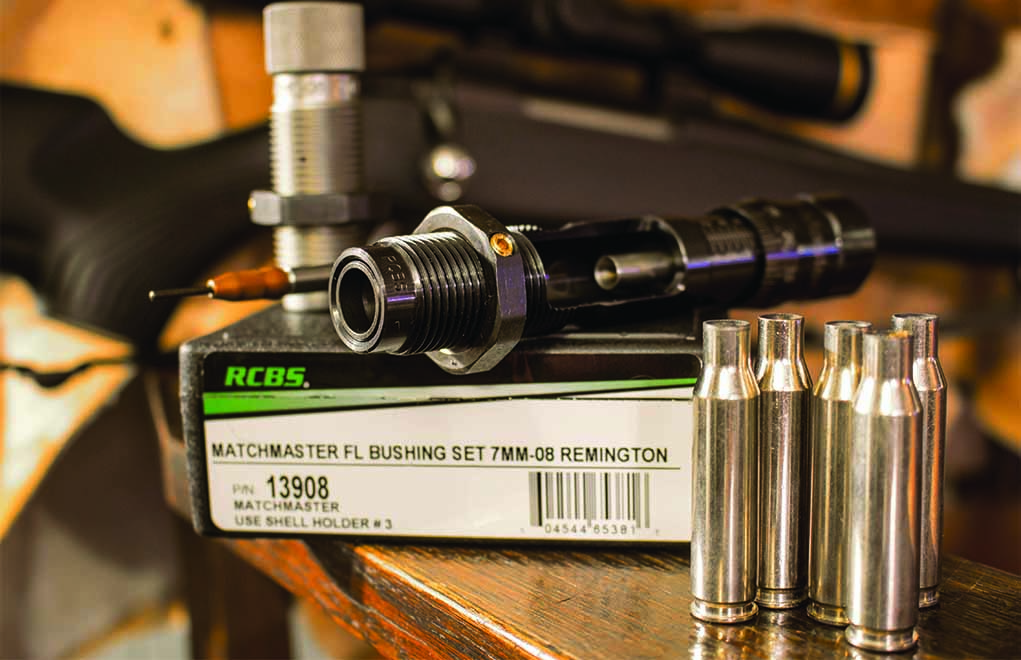
The focus of reloading has been precision shooters, extreme-long-range shooters and the safari crowd. And then, the factory ammo dried up.
There was a time when I could—rather confidently—make ammunition that was more accurate than the factory stuff. In fact, it was that attribute that led to my love of reloading. There was also a time when the final cost of reloaded ammunition was radically lower than purchasing premium ammunition. Looking at the rising costs of components, that might need to be re-evaluated as well.
Each year, fewer reloaders are casting and shooting their own bullets—although those who do are fervent about that pastime—and those reloading for the economic benefits seem to be scratching their heads, because the bulk packages of the most popular cartridges have become much more available and affordable. Simply put: You can buy a weekend’s worth of ammunition for just about the same price that you can make it … without losing the time at the reloading bench.
Lest all these sentiments sound depressing—or, even worse, you think I’m getting down on reloading—please allow me to put your worries to rest. I think things have changed … but that change is for the better. Looking at how our sport has evolved over the past couple of decades, I feel that hunters and shooters are simply shooting more. When I was a young man, target shooting, at least anything to the extent that’s common today, simply wasn’t as popular as it is now. A box of cartridges for your deer rifle might last three of four years; and if you burned up a box of .22LRs at paper, you were serious.
Reloading Improvements
When I got into reloading, the sheer amount of testing that needed to be done came with a vast increase in trigger time, and I noticed the improvement in my own shooting. So, for that, I’m forever grateful. With the recent popularity of long-range shooting (and hunting), along with the undeniable improvements in optics, rifles and cartridges, more people have become interested in precision shooting.
Check Out:Gun Digest Reloading Data Center
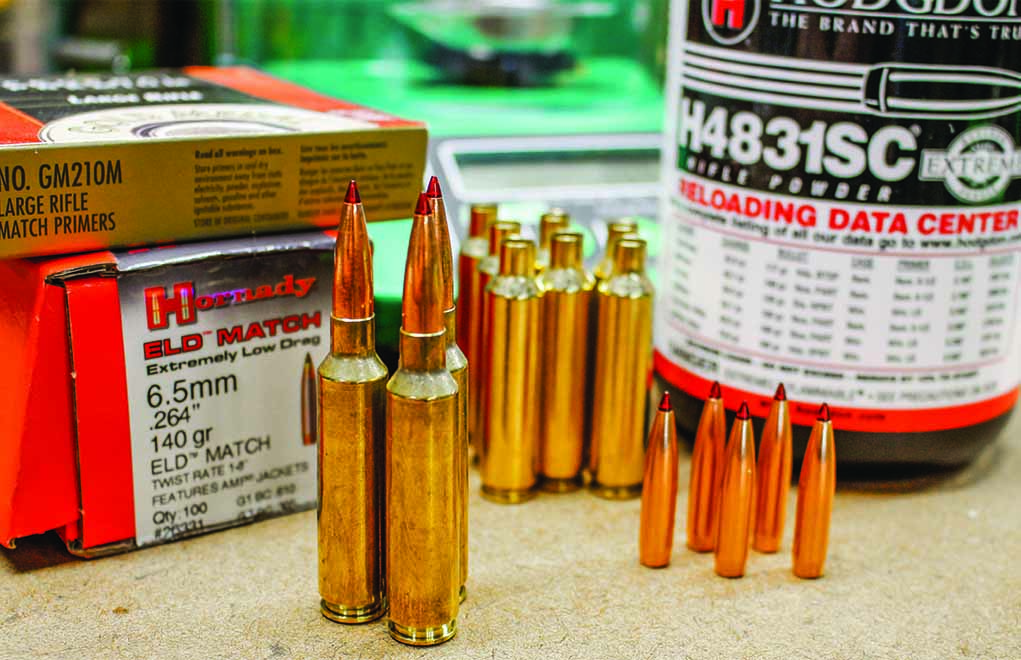
Looking around the reloading industry, I know I’m not alone in thinking that precision shooting is where the mindset lies, because nearly all the new reloading gear is directed to this end. Whereas in the past, we reloaders were pleased with a set of dies that were nothing more than dimensionally correct, the latest dies are much more than that.
Improvements such as micrometer adjustments for seating depth; brass bushings that minimize the amount of stretch for your particular case mouths in order to extend case life; powder dispensers capable of unprecedented accuracy; and powders that deliver tighter tolerances than ever before (and let’s not forget the excellent developments in bullet technology, both in the hunting fields and at the target range) have all added up to handloaded ammunition that’s unprecedented.
As I stated in the opening of this article, our factory ammunition is absolutely better than it’s ever been, rendering the efforts of some aspects of handloading nearly pointless.
Load Up On Reloading Info:
- The Flexible And Forgiving .30-06 Springfield
- The .45 Colt: A Wheelgun Classic
- .300 Win. Mag.: The Answer To Most Hunting Questions
- Tips For Reloading the .223 Remington
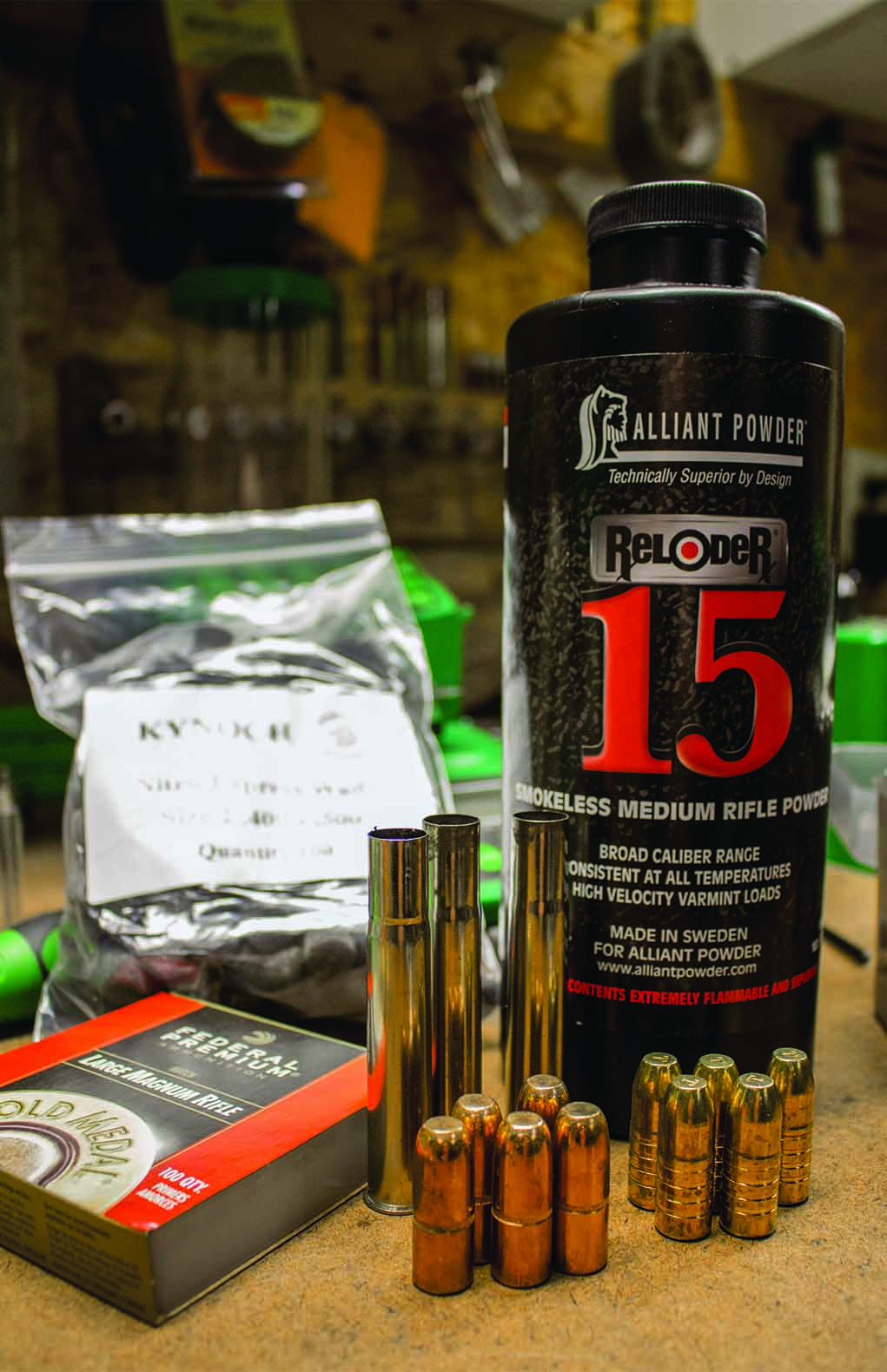
As a matter of fact, I was recently chatting with a couple of professional shooters (one having recently won the King of Two Miles competition), and they both admitted to using factory ammunition for training or working with newer shooters while using handloaded ammunition for competition. The subtleties of each barrel warrant handloaded ammunition, especially at extreme long ranges.
New RCBS and Redding Tools
Each year, new tools are available to tighten tolerances and help create the most uniform ammunition possible. RCBS has introduced its new MatchMaster powder dispenser, which is an improvement on its already wonderful ChargeMaster 1500. The new dispenser uses two powder feeding tubes. When set in “match” mode, it’ll accurately measure down to .04 grain. When in “standard” mode, it’ll dispense faster than any of the previous units. This higher accuracy level has resulted in more-uniform, more-accurate and more-consistent ammunition.
Along with the powder dispenser, RCBS has unveiled its MatchMaster die sets, which utilize sizing bushings to extend the life of your brass and obtain a uniform neck tension, as well as a micrometer adjustment on top for precise seating, much like the Redding micrometer die sets. But the RCBS MatchMaster has a unique and very convenient feature: a window cut into the die body in order to easily feed the bullet prior to seating. Well played, RCBS!
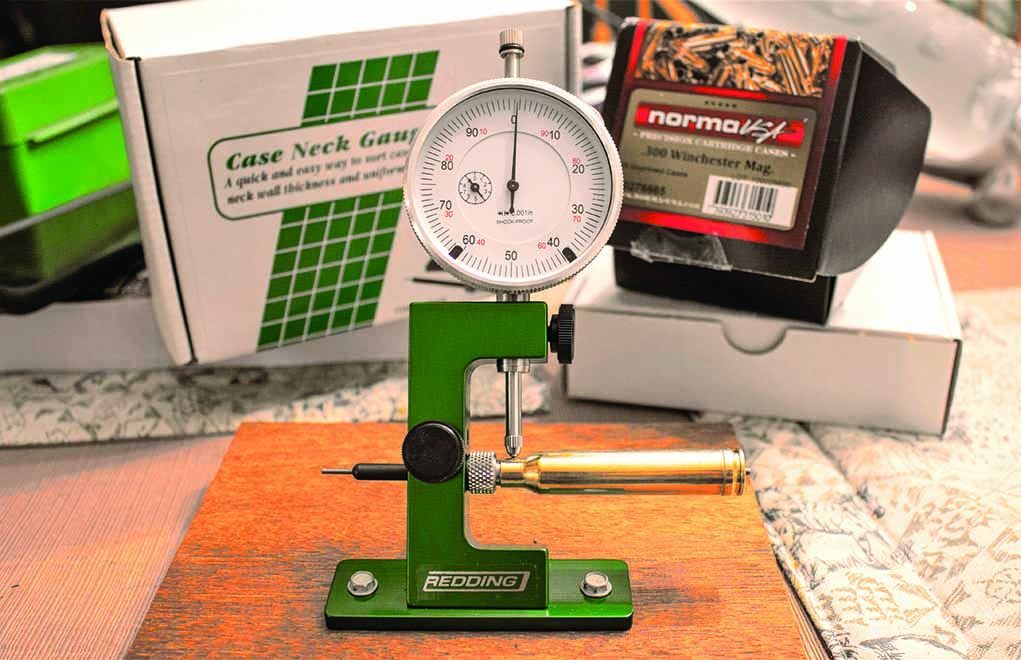
Redding recently introduced its Slant Bed Concentricity Gauge, an ergonomic means of observing the concentricity of case necks and bullet runout, in order to improve the performance of both handloaded and factory ammunition. Much like the rest of the Redding line, this concentricity gauge is well-thought-out, fast and effective. Simply put: Concentric ammunition tends to be more accurate than non-concentric ammo, and this ingenious, little tool from Redding will help make you a better shooter.
Big-Bore Safari Rifles
The big-bore safari rifles comprise another area that still receives a bunch of attention from handloaders. Yes, our factory ammo for the safari guns is probably the best it’s ever been, but many of those cartridges are seriously expensive—sometimes, about $10 per cartridge. Through handloading, these big guns can be well-fed while cutting costs drastically.
There are many excellent dangerous-game bullets—both expanding softpoints and non-expanding solids—which simply are not available in factory-loaded form. North Fork, Hawk and Cutting Edge Bullets from the United States and Peregrine and Dzombo bullets from South Africa are excellent designs, yet they must be handloaded.
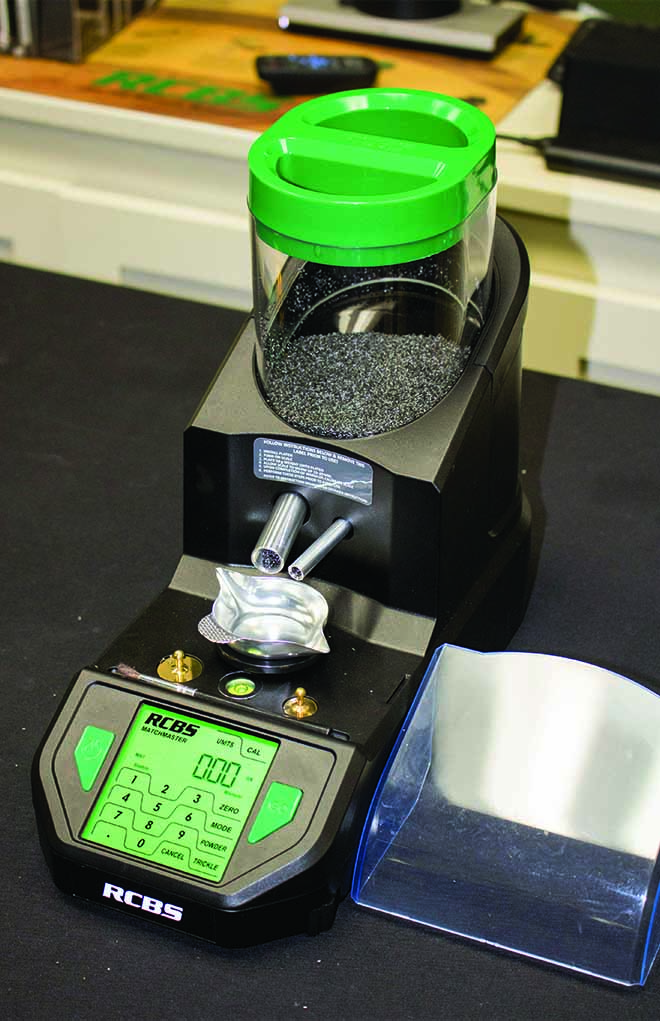
Without handloading, we’d have missed out on some great combinations. And with handloaded big-bore ammunition, I’ve seen some accuracy from the .375s, .416s and .404s with handloaded ammo that would rival many .30-06s and other popular deer calibers.
For the double-rifle crowd, handloading can most definitely be a lifesaver. When a double-rifle is regulated to a particular bullet weight at a particular velocity, any deviation from that combination will show the results on the target. Handloaded ammunition has made the difference in quite a few older guns, which were regulated with the British ammunition that’s rarely available anymore. I handload the ammunition for my Heym 89B .470 NE, and while there are a few factory loads that the rifle likes, my handloads still perform the best.
I like both Redding and RCBS dies for my big guns, but keep in mind that for some—the .500 Jeffery comes quickly to mind—you’ll need an adapter nut to change from ¾- to 1-inch-diameter die bodies; and you’ll also need a press that can accommodate that change.
In my opinion, at least while this era of available ammunition lasts, the focus of reloading will be the precision shooters, extreme-long-range shooters and the safari crowd. Much like rifles, cartridges and optics designed for the precision crowd—along with our reloading presses, dies and powder dispensers—have gone through changes that have resulted in better ammunition and a more positive shooting experience.
I head afield more confidently than ever before, knowing that I’m the weak link in the chain—not my gear or ammunition. And I’m certainly OK with that.
Editor's Note: This article originally appeared in the 2020 Buyer's Guide issue of Gun Digest the Magazine.

Next Step: Get your FREE Printable Target Pack
Enhance your shooting precision with our 62 MOA Targets, perfect for rifles and handguns. Crafted in collaboration with Storm Tactical for accuracy and versatility.
Subscribe to the Gun Digest email newsletter and get your downloadable target pack sent straight to your inbox. Stay updated with the latest firearms info in the industry.

![Best Concealed Carry Guns In 2025 [Field Tested] Wilson Combat EDC X9S 1](https://gundigest.com/wp-content/uploads/Wilson-Combat-EDC-X9S-1-324x160.jpg)


![Best 9mm Carbine: Affordable PCCs [Tested] Ruger Carbine Shooting](https://gundigest.com/wp-content/uploads/Ruger-Carbine-Shooting-100x70.jpg)
![Best AR-15: Top Options Available Today [Field Tested] Harrington and Richardson PSA XM177E2 feature](https://gundigest.com/wp-content/uploads/Harrington-and-Richardson-PSA-XM177E2-feature-100x70.jpg)
